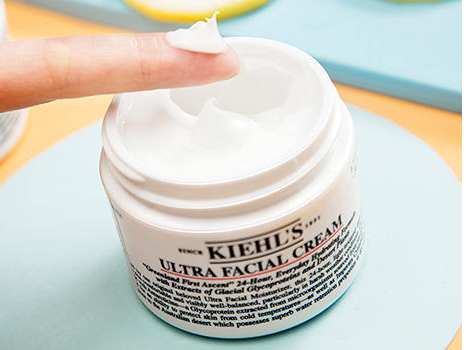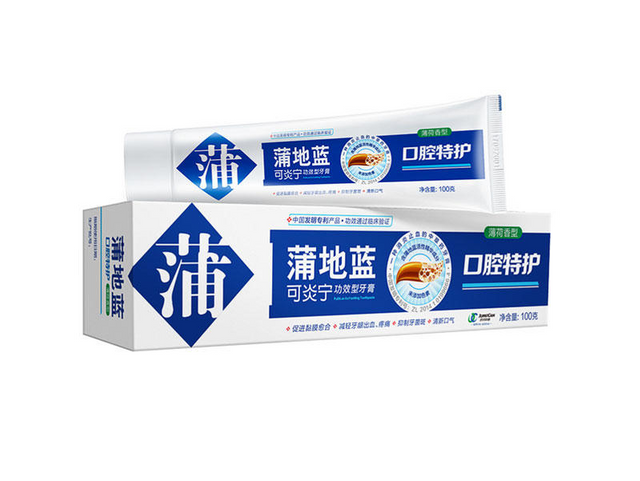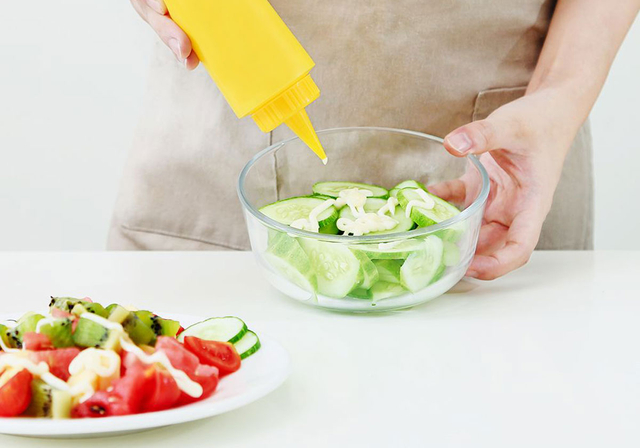If you are unsure about which water treatment equipment is suitable for you, you can typically make a choice from the following three perspectives. 1. Purpose of pure water
What is your purpose of purchasing water treatment equipment?
According to the use, there are mainly two uses: raw material water for production and non-process water:
(1) If it is water used for raw materials, then you need to tell us what kind of products you plan to make. Usually, the products that can be applied to primary reverse osmosis equipment mainly include detergents, cleaning agents, pesticides, liquid fertilizers, etc. The secondary reverse osmosis equipment is more widely used than the primary reverse osmosis equipment, mainly including cosmetics, beverages, daily necessities, skin care products, food, semiconductors and other products, but in some special application scenarios, the requirements for water quality are higher. For example, products such as potions and perfumes not only need to be processed by the secondary reverse osmosis water treatment machine, but also need to be processed by the distillation process to meet the needs of use;
(2) If it is non-process water, then in daily application, we mainly use source water to produce drinking pure water and mineral water. Drinking pure water can use secondary reverse osmosis water treatment equipment, while mineral water can use primary reverse osmosis water treatment equipment. Permeate water treatment equipment or use ultrafiltration water treatment equipment.
2. Raw water quality
The quality of raw water plays a vital role in the selection of water treatment equipment. Usually, the source water we can obtain mainly includes surface water and groundwater, including river water, river water, lake water, stream water, and reservoir water. Water, because the surface water flows on the ground, the dissolved minerals are less, and the water quality is soft. The hardness of this type of water is usually 0.5~4.0mmo1/L. Surface water is easily polluted, and some rivers, lakes and streams actually contain part of groundwater, so in addition to sediment and organic matter, there are also a variety of soluble salts. Well water and spring water belong to groundwater, and groundwater can be divided into shallow groundwater and deep groundwater. Shallow groundwater has better physical properties and clear water quality, but it often dissolves certain mineral salts in the soil, making the water hard; deep groundwater has better quality than shallow groundwater, but if there are some salts in the water layer When used, it can also harden the water, making it unsuitable for drinking and use. The hardness of groundwater is generally 1.0~5.0mmo1/L, and some are as high as 5.0~12.5mmo1/L. Usually surface water with low hardness can be treated with quartz sand and activated carbon, but groundwater and surface water mixed with groundwater need to be softened by resin and medicine box in the treatment of quartz sand and activated carbon before further reverse osmosis filtration deal with. Of course, in some special applications, in order to obtain better water quality, we can also perform ozone sterilization, UV sterilization, distillation and other processes.
3. Daily output
Daily output is also one of the important factors in choosing reverse osmosis water treatment. How many tons of pure water your factory needs every day and how long your factory runs are important information. The specifications of water treatment equipment provided by Immay mainly include 500L /H, 1000L/H, 1500L/H, 2000L/H, 2500L/H, 3000L/H, 5000L/H (1 US gallon=3.7854118 liters), etc., you can choose the appropriate output according to your actual needs to match your Daily production plan.




